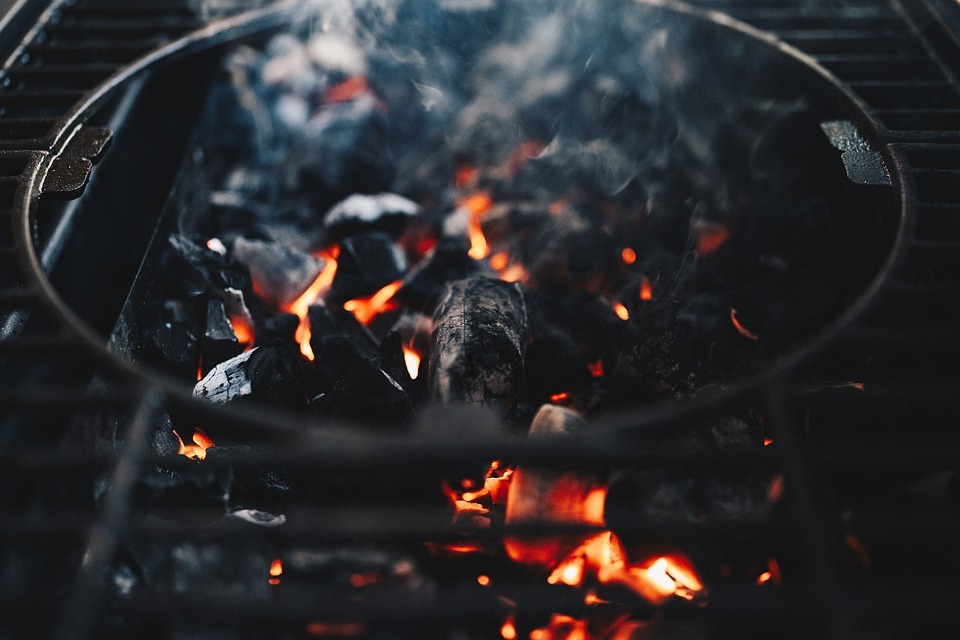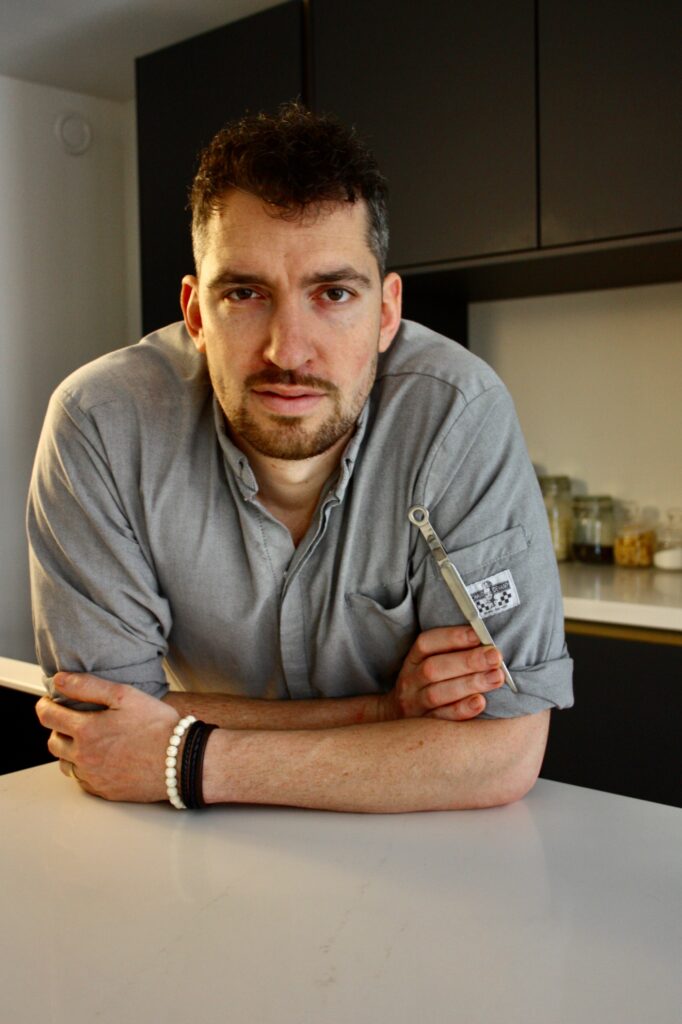Charcoal is logically the fuel for your kamado, there are hundreds of different types and sizes available, but are they all good for your ceramic BBQ? The name says it all, the burning of wood and what remains is called charcoal. In the article below we explain in detail how to treat your kamado with love by using the right products.

Using natural charcoal and lighting materials is essential
One of the reasons why you can handle your charcoal so efficiently in a kamado is because of the ceramically sealed cabin. The low-oxygen space ensures that you can use your charcoal for longer, but it also ensures that you can taste all the products you use in the kamado. It is therefore extremely important to only use natural products in your kamado.
Absolutely do not use white chemical firelighters, turpentine or other strange products that do not belong in a kamado. If you do this, it will greatly affect the taste of your food and even worse, it can damage the kamado in the long term.
Using briquettes is also not good for your kamado. Briquettes are made from the waste and grit of wood and may contain certain chemicals. It also contains a binding agent that ensures that the wood remains pressed together in a nice round ball.
So always use 100% natural charcoal and lighting materials.

Quality of charcoal
The demand for charcoal is increasing dramatically over the years, largely caused by the increasing popularity of the BBQ. The majority of the charcoal comes from South America and Africa, which ensures that there is an enormous diversity of products. Furthermore, this also ensures that there is a big difference between the quality of the charcoal, which is logically important to get the best result.
Ultimately, the country of origin does not directly influence the quality, but it is recommended to pay close attention to matters such as thickness, type of wood used and burning time. Furthermore, each country has its own methods for producing charcoal, and this also affects both quality and price. Charcoal production in Europe is characterized by factory production and mainly comes from Poland and Ukraine. In Cuba, on the other hand, production is much more traditional, and there is hardly a factory involved. Together with the import tariffs, this means that the prices of European origin are generally lower than the prices of charcoal from Cuba, where the process still mainly consists of manual work.

Our advice
We generally use Black Ranch charcoal from Argentina, which is characterized by a long burning time and 100% natural wood. This is simply available through major web shops such as bol.com & coolblue.



